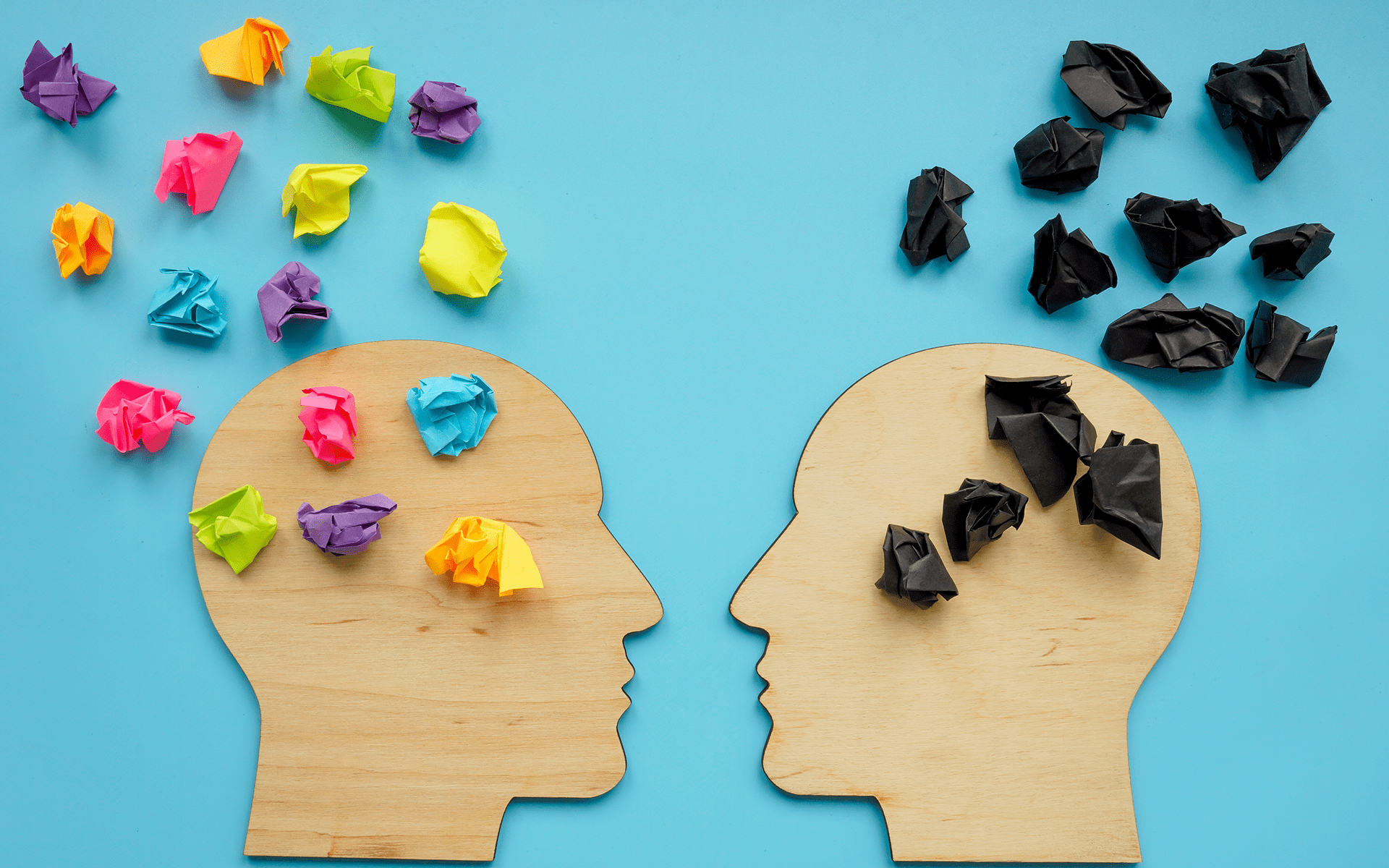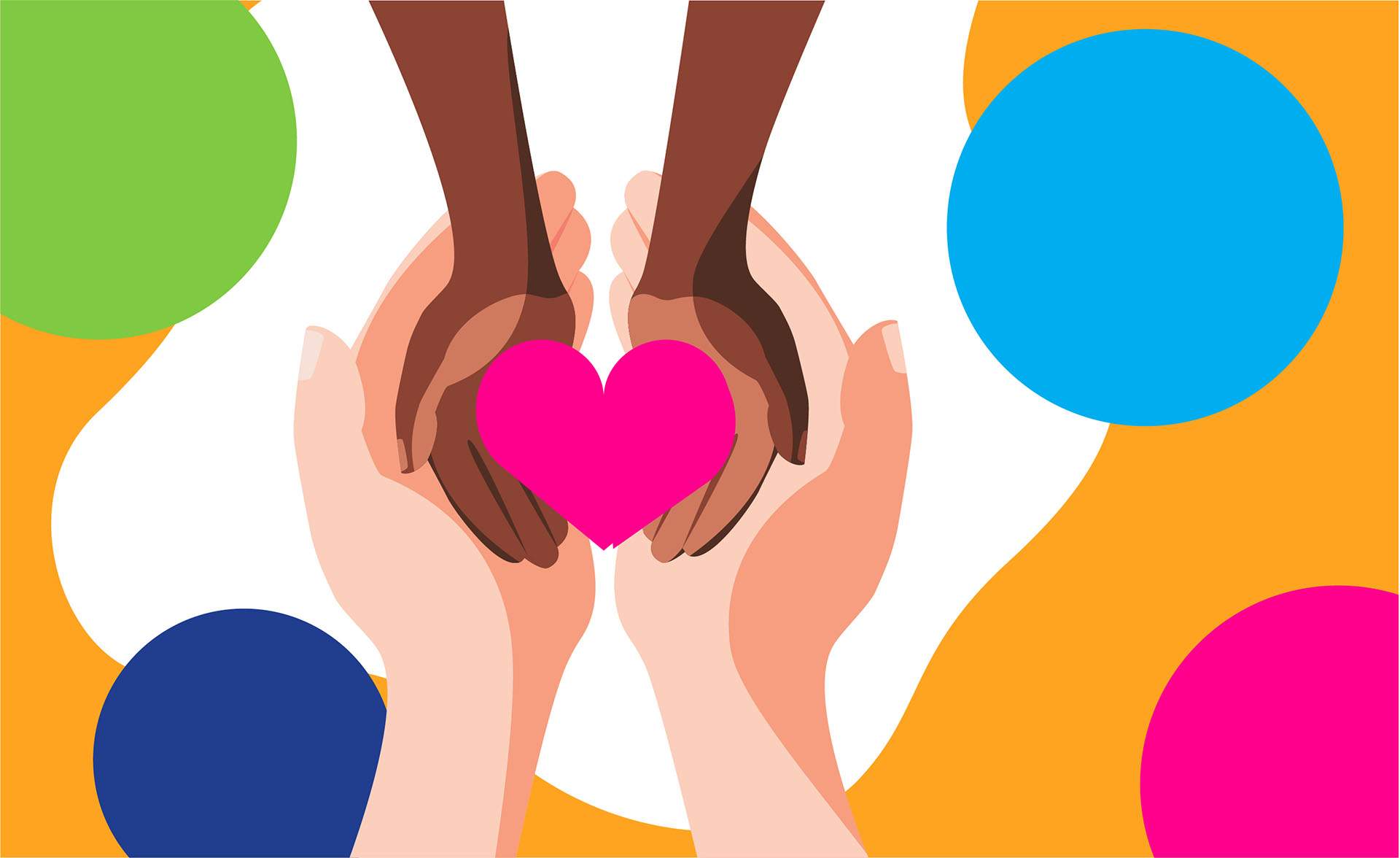There’s no shortage of insights and practices from mindfulness teachings that can help us find the presence to navigate painful emotions. When we approach our pain with open-hearted kindness, we find we have the ability to turn toward whatever we’re feeling, the ability to see it and name it for what it is.
When we approach our pain with open-hearted kindness, we find we have the ability to turn toward whatever we’re feeling, the ability to see it and name it for what it is.
Making friends with any difficult emotion is at the heart of the handshake method, which is explained in detail in the forthcoming book Why We Meditate, co-authored by psychologist and science journalist Daniel Goleman with teacher and author Tsoknyi Rinpoche.
The Handshake Practice
As the name suggests, the aim of the handshake method is to meet and make friends with upsetting feelings, to know them rather than avoid or fix them. “You tune in to the disturbing emotion mindfully, without judgment, and with full acceptance of whatever thoughts and feelings come up,” says Goleman, who cautions against using the handshake practice if the emotion is related to trauma.
In a 2021 study published in the Journal of the American Medical Association (JAMA), researchers at the University of California, Davis, found that the naming of emotions seems to activate a different part of the brain than the one that triggers the emotion. When a group of volunteers with social anxiety was trained to observe their thoughts and feelings in an accepting, nonreactive way, they experienced a reduction in their anxiety and less reactivity of their amygdala.
The handshake method is made up of four steps: meeting, being, waiting, and communicating. The goal, says Goleman, is to let the emotions dissipate by making friends and accepting whatever comes. Paying attention to what comes up in the mind and body, without judgment, is the essence of mindfulness.
read more
A Mindfulness Practice for Changing Your Relationship to Thoughts
Thoughts (including the menacing and intrusive ones) are not facts. Here we learn to work with our thoughts in a kind way, without letting them overwhelm us. Read More
How Compassion and Curiosity Help Me to Be Present
When Mindful managing editor Stephanie Domet was faced with health challenges, she asked “Why me?” Here, she tells the story of how compassionate curiosity helped her find equanimity and resilience. Read More
Loving-Kindness Meditation with Sharon Salzberg
Sharon Salzberg—one of the world’s leading loving-kindness meditation teachers—offers us a profound sense of connection through her teachings, guiding us to live our lives with greater intention and compassion. Read More









